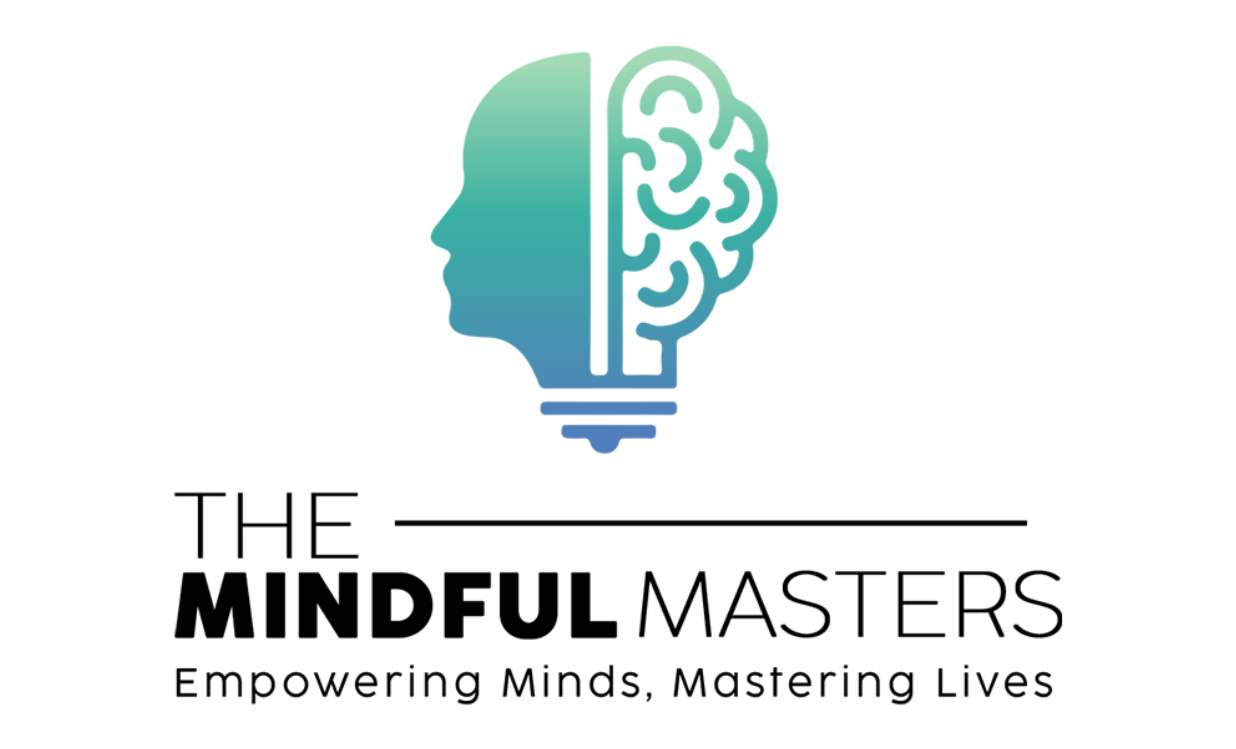Table of Contents
In today’s fast-paced work environments, emotional distress can often arise, affecting our well-being and performance. However, by cultivating emotional intelligence, we can develop the skills to effectively manage and navigate these challenges. Let’s explore practical strategies and real-life examples to deal with emotional distress at the workplace.
1. Recognize and Validate Emotions
For Example: A marketing manager, received critical feedback on a project. She recognized her initial disappointment and frustration, and instead of suppressing her emotions, she acknowledged their presence. This self-awareness allowed her to take constructive steps to address the feedback.
2. Practice Self-Regulation
3. Seek Support and Connection
4. Cultivate Empathy
5. Establish Boundaries and Self-Care

About the Author
Tapan Gupta is a Master Coach and the founder of The Mindful Masters. With a deep understanding of mindfulness, emotional intelligence, and personal growth, Tapan has guided countless individuals on their journey to self-discovery and transformation. His approach is rooted in practical mindfulness techniques that empower his clients to overcome challenges and achieve their fullest potential.

About the Author
Tapan Gupta is a Master Coach and the founder of The Mindful Masters. With a deep understanding of mindfulness, emotional intelligence, and personal growth, Tapan has guided countless individuals on their journey to self-discovery and transformation. His approach is rooted in practical mindfulness techniques that empower his clients to overcome challenges and achieve their fullest potential.
Find me on:
Related Blogs
Before That Interview or Date, Talk to Yourself Like This
The way you talk to yourself before important moments like interviews or dates can make a huge difference in how…
Scrolling Too Much? Mindfulness Might Be Your Exit Plan
Endless scrolling through social media might feel like a harmless way to pass time but it actually takes a heavy…
Your Emotions Are Costing You Energy—Here’s How to Handle Them
Emotions like stress, anger and anxiety can quietly drain your mental and physical energy without you even noticing. When emotions…
Tired of Overthinking Everything? Try These NLP Mind Hacks
Overthinking isn’t just a habit as it’s a mental loop that hijacks your peace. Whether it’s replaying awkward conversations, doubting…
What Self-Coaching Really Means (And Why It Matters)
Sometimes, even when you’re putting in all your effort, you still feel stuck — and that’s okay. As a coach,…
Ask These 5 Questions Before Making Decisions: A Guide to Clarity and Confidence
Before making any significant decision, ask these five essential questions to ensure your choices align with your values and long-term…





